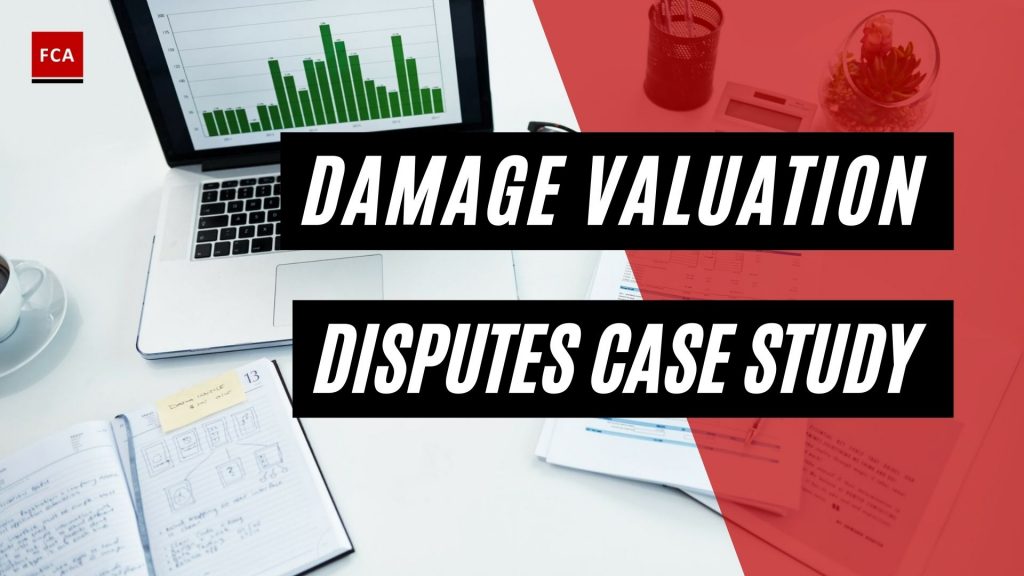Damage valuation disputes case study. A case study is a detailed examination of one person, group, or event. A case study examines nearly every aspect of the subject’s life and history to look for patterns and causes of behavior. Case studies have applications in many fields, including psychology, medicine, education, anthropology, political science, and social work.

Damage Valuation Disputes Case Study
Background
As part of the implementation of a liability guarantee clause, the buyer of a company is seeking compensation for the amount of the intangible asset depreciation that is recorded in the accounts of a company after its acquisition. The acquisition agreement stipulates that the transferor shall compensate the transferee based on the losses it incurred and the gains it was deprived of.
The same agreement also has a clause that attempts to indemnify the buyer against any deterioration of the margin of certain projects originating from a cause before the acquisition.
The Problem
This standard clause poses great implementation difficulties in long-term contract trades (construction, engineering, infrastructure), trades for which there are often significant risks in the execution of projects.
There are two types of these difficulties:
- Difficulty 1
A technical problem results from a chain of events, although it is impossible to establish its precise origin. Therefore, it is difficult to determine whether the cause leading to the created damage occurred before or after a given date. However, the compensation mechanism requires that a final decision be made.
- Difficulty 2
The assessment of the financial consequences of a technical problem is frequently based on a subjective assessment of the future situation. One person may optimistically consider the outcome of a dispute with a subcontractor, while the other is likely to have the gloomiest view of this conflict. Again, the compensation mechanism requires that an amount be determined.
The Solution
The solution in such a case is based on the following two approaches:
The first step is to prepare a comprehensive inventory from the information that was available on the date of the agreement. This means answering a key question in resolving such disputes, “what level of knowledge did the company’s leaders have regarding the technical problem in question at the time of the agreement?”
The next step is to conduct a quantitative assessment of the risk, which is naturally based on the inventory described above but also includes the demonstrated ability of the company to understand the situations of this nature (technical resolution of the problem, negotiation with the customer, negotiation with subcontractors so that they take care of all or part of the problem, etc.). During this exercise, the consistency of the adopted estimate with the historical practices of the company is a particularly crucial point.
Different Valuation Techniques
Damages are often based on the valuation of an activity or business. The valuation process then involves implementing proven methods that are segmented according to the following approaches:
Intrinsic approach
Thus named because it relies upon the specific performance of the business or activity to be appraised. The method most frequently used within this category is the discounted cash flows (DCF) method.
Analogical approach
This involves appraising a company by comparing it to “comparable” companies (in terms of business area, performance, growth profile) whose value is known either because they are traded on the market or because they were the subject of a recent transaction.
Final Thoughts
If researchers want to investigate a novel or recently discovered phenomenon, they may conduct a case study. The insights gained from such research can then be used to help researchers develop additional ideas and research questions that can then be investigated in future studies.









